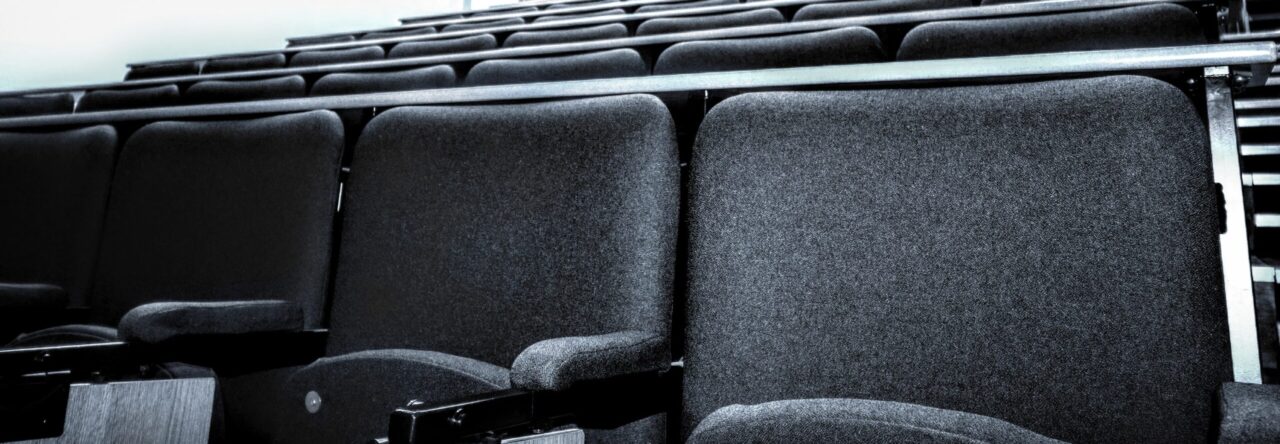Media Production Studios pilot recordings – I did a session so I thought I’d tell you about it
I went to High School Yards yesterday morning for a pilot session of the new media recording services. I’m sharing thoughts on it here to let you know what to expect if you’re thinking about using this service yourself.
In two hours, we recorded materials for 6 x short (2-3 minute) ‘piece to camera’ lectures. ‘Piece to camera’ means a headshot recording of my yabbering face. The material is for a Semester 1 course, and will also be used to update an existing MOOC which deals with the same content.
So I was working with a revised version of lecture material from last year, which I’d improved it in a series of drafts based on feedback from colleagues. This meant I could boil each segment down to 3 minutes max.
This is dead important. Piece to camera works best when it is v v short.
Piece to camera can be interspersed with graphics, stock footage, slides etc. This requires planning and story-boarding, which I think is the most fun bit. I have always loved story-telling. So it’s frustrating at the moment that there is so little time to do this.
Of course, pre-recorded lectures don’t have to include our faces. It’s stressful, it feels very exposing. And do you remember how humid it was yesterday. Yabbering face amidst frizzy hair. But. I chose piece-to-camera for because:
1. I’m not at the stage to create graphics or choose stock footage. (The children only went back to school yesterday, and for how long…?) But having the complete segments recorded and in the bag means we can sort this out later.
2. The nature of these scripts – the content – deserves an identifiable, explaining face to go along with it. One segment is introductory, it’s the first welcome to the course. The other sections comprise a five-part contextualising micro-lecture addressing bias and ethnocentricism in the subject matter. It’s complex stuff and I want to deliver it humanely and accountably, not impersonally.
So if you just have straightforward content and slides already, a decent microphone voiceover recorded with Kaltura to Media Hopper or something is brilliant.
But if you have reason to feel that face-to-face delivery of some content would work better to engage students – maybe just for an early week, establishing what the course is, what you want students to do and what you want them to get from it – the Media Production service is a supportive way to do it.
These are the reasons I found it supportive:
1. Scheduling it gives you a clean deadline and then it’s done.
2. No crowd, but you’re not on your own: one efficient, professional, sympathetic technician/recordist who will coach you through it, handle the auto-cue speed, and tell you if your rumbling tummy is loud enough to have spoiled the take.
3. Superb quality of audio and video.
I’ve put quality down there at no.3, because I think there is a lot to say for using lo-fi content in blended learning. Glossiness can sit badly and seem inauthentic next to the real, messy business of responsive teaching. But if you’ve got portions of important, basic content that are not going away any time soon – or if they’re headed for a large platform like Coursera MOOC – then a bit of gloss is nice. Very happy to answer questions or chat if colleagues are thinking about using this service.



Leave a Reply